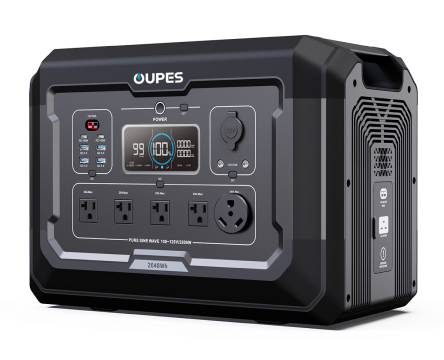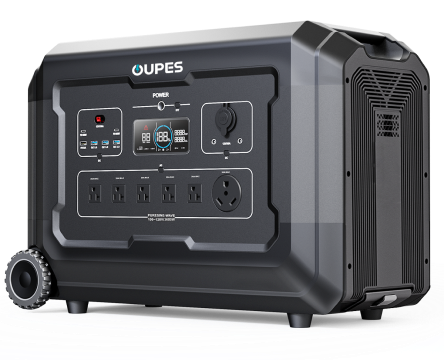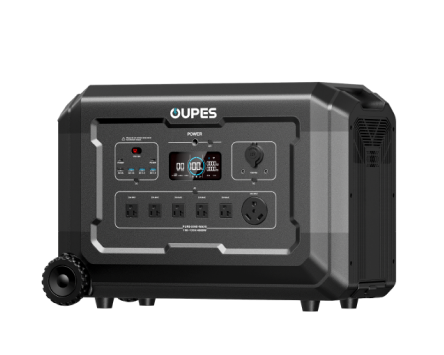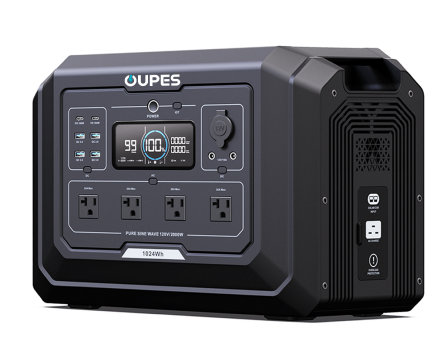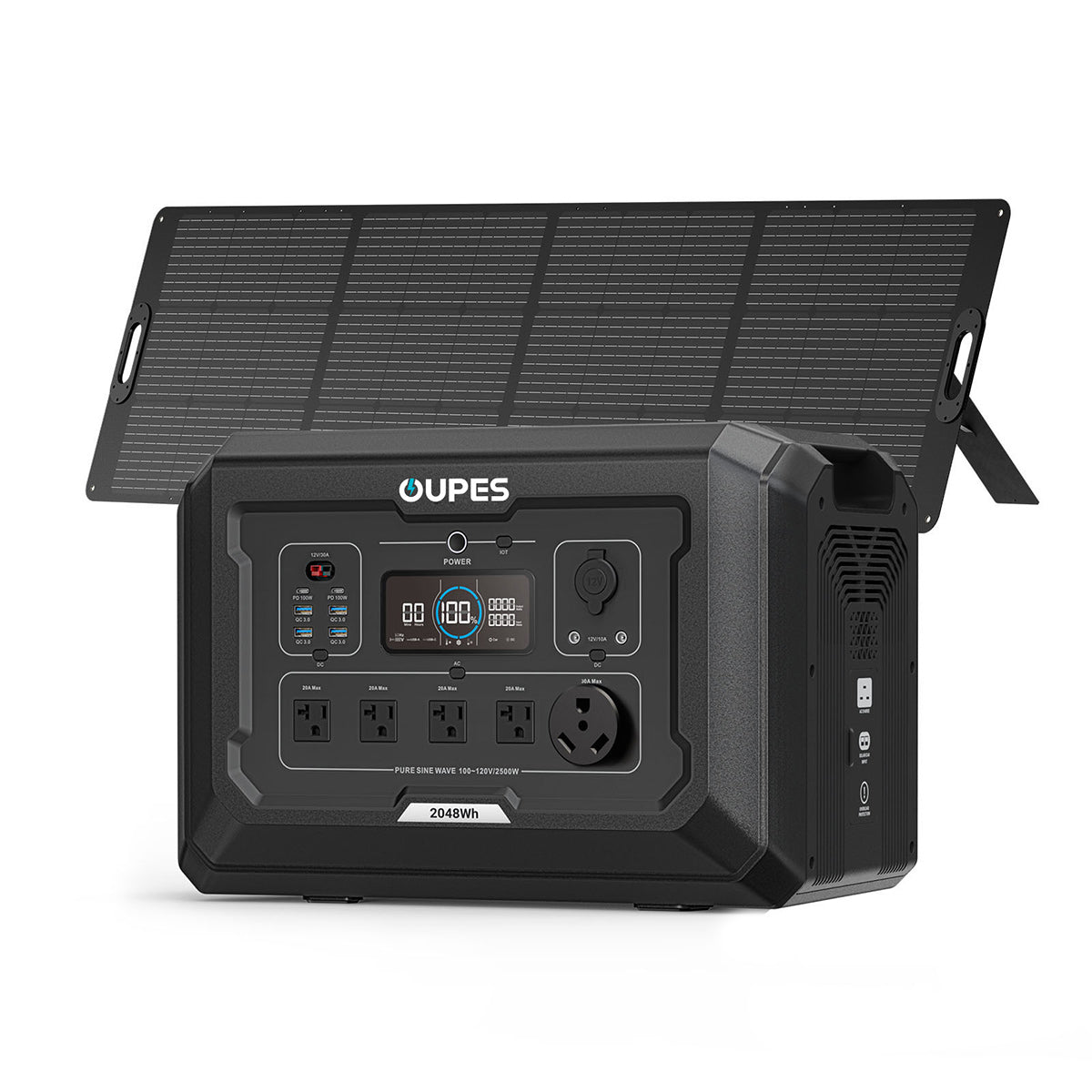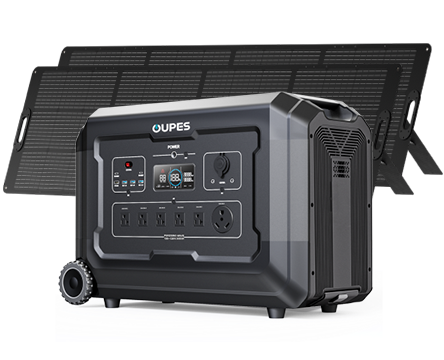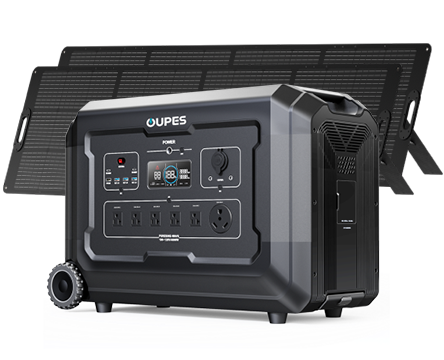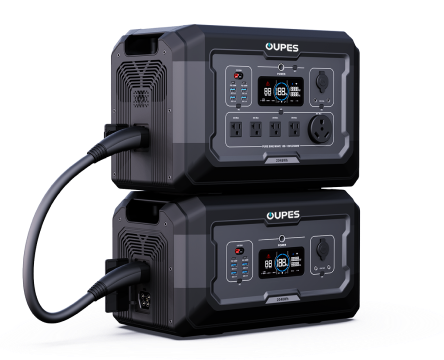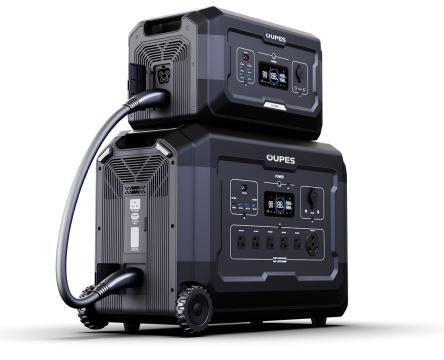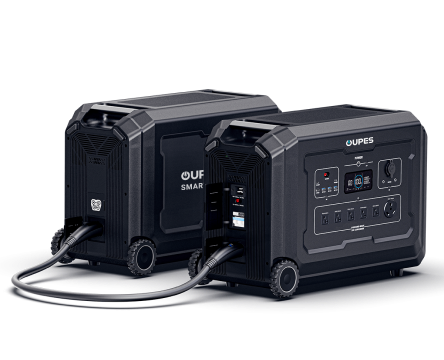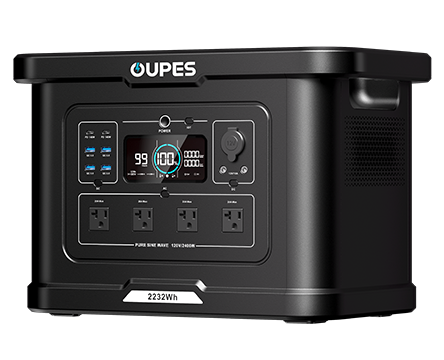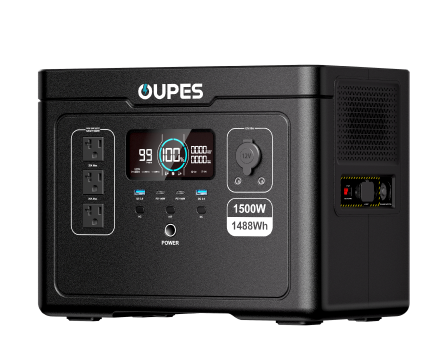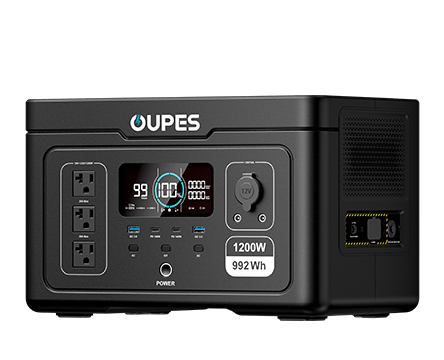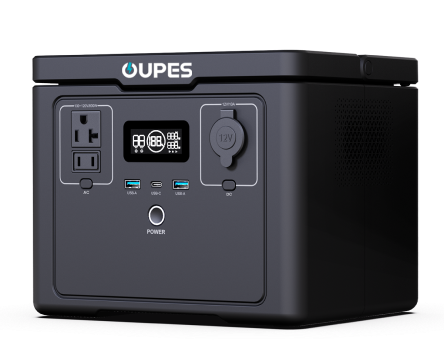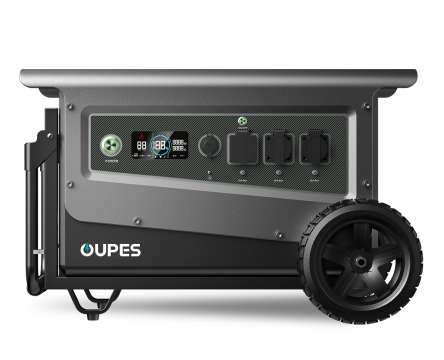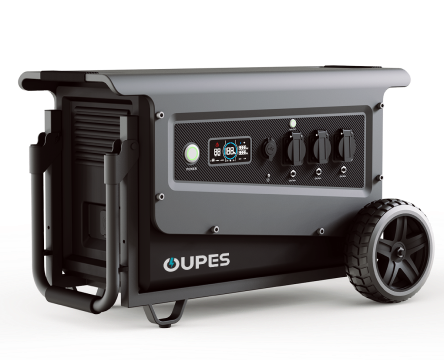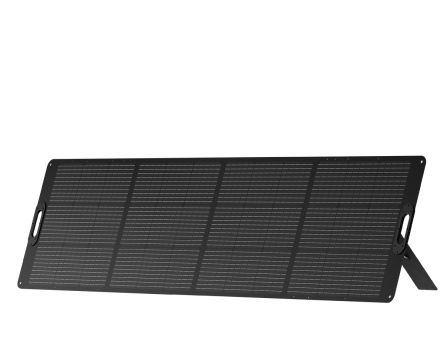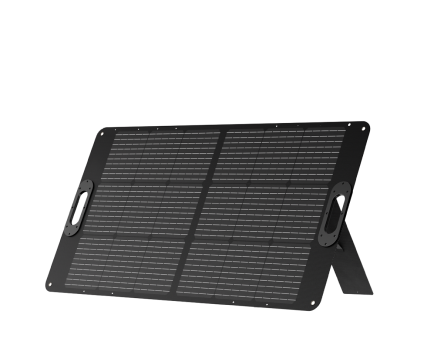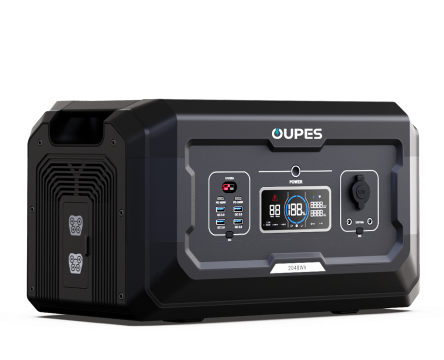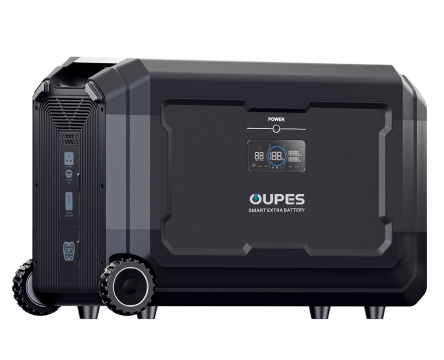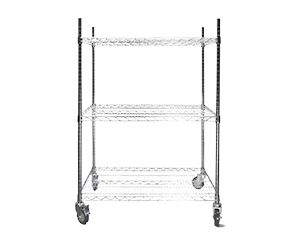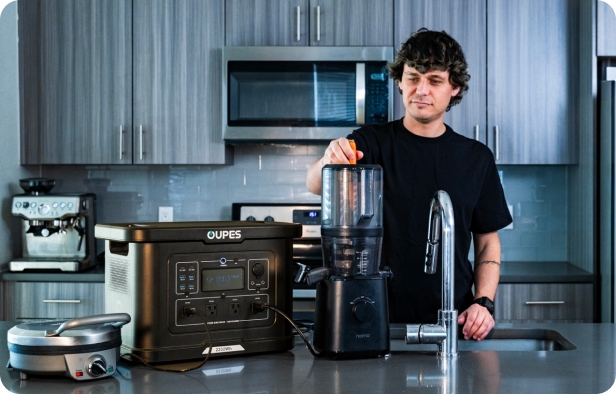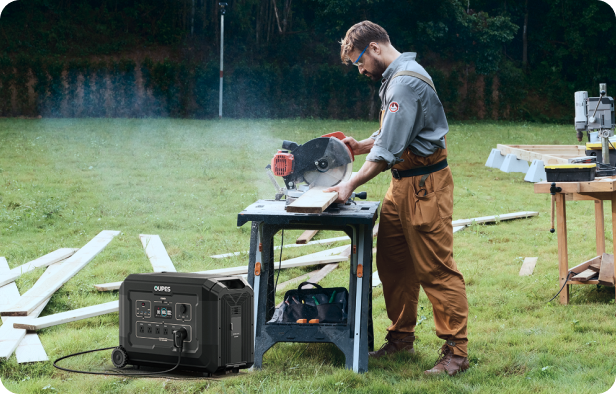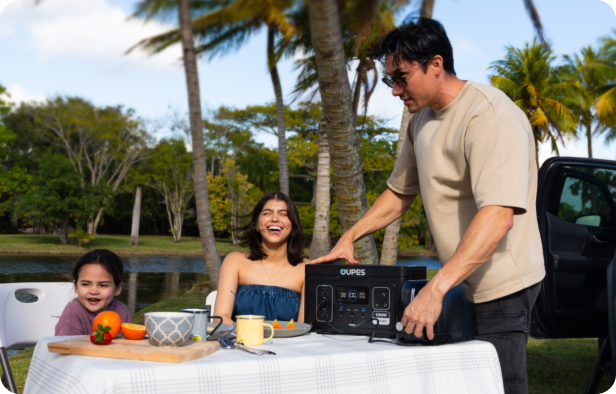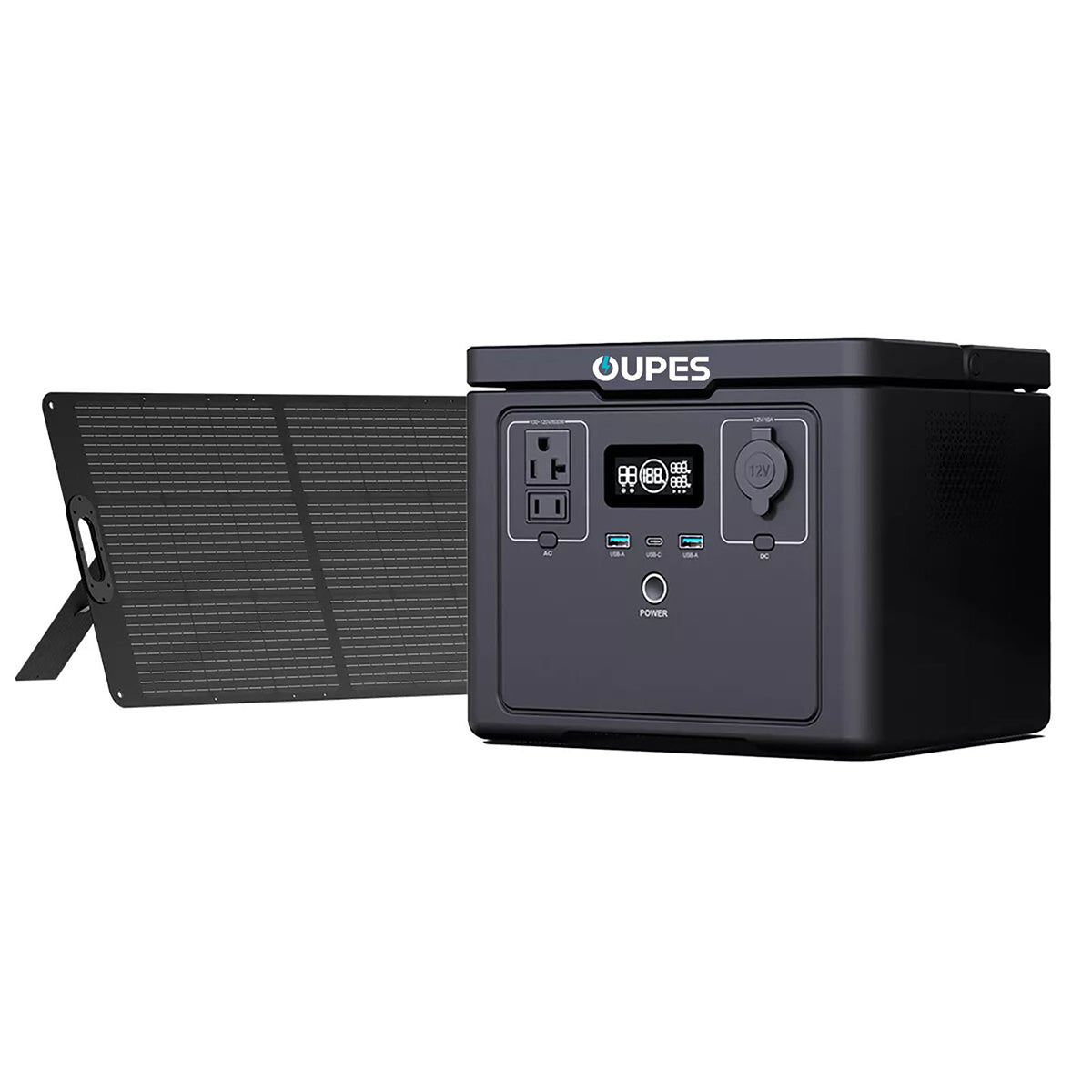
When it comes to portable power stations, many people are often curious about the different components that make them so versatile. One of the most essential components is the inverter. While it may seem like a small and perhaps insignificant part of the system, the inverter plays a critical role in ensuring that you can use your portable power station to run a variety of devices. But what exactly does the inverter do in a portable power station? This article will dive deep into the purpose of the inverter, how it works, and why it’s crucial for the functionality of your power station.
Understanding the Basics of an Inverter
The inverter in a portable power station is responsible for converting the stored DC (direct current) power from the battery into AC (alternating current) power. AC power is the type of electricity typically used in most home appliances, including laptops, phones, televisions, and kitchen equipment. Without the inverter, your portable power station would only be able to supply DC power, which is suitable for charging devices like phones but not for running more significant household appliances or electronics.
To break it down further, the electrical grid delivers power in AC form because it is more efficient for long-distance transmission. However, most rechargeable batteries store power as DC. The inverter essentially bridges the gap between the two types of electricity, enabling devices that require AC power to be powered by the portable power station. This makes the inverter a key element in providing versatility to portable power stations, as it ensures compatibility with a wide range of devices and appliances.
There are different types of inverters used in portable power stations, and the quality of the inverter can directly affect the performance and efficiency of the entire system. The two main types of inverters are pure sine wave inverters and modified sine wave inverters. Each of these has its own set of benefits and limitations, and understanding these differences will help you choose the right portable power station for your needs.
How Inverters Work in Portable Power Stations
At the heart of an inverter's function is its ability to convert DC power to AC power. To understand how this happens, it's important to look at the internal components and the process. When the battery in the portable power station is charged, the stored power is in the form of DC. The inverter then uses a process called "switching" to convert the DC into AC power by rapidly switching the polarity of the current at regular intervals.
In the case of a pure sine wave inverter, the process of conversion results in a smooth, consistent AC output that closely resembles the AC power supplied by the electrical grid. This is particularly important for sensitive electronics, like computers or medical devices, as it ensures they receive clean power without any fluctuations or distortions that could potentially cause damage or malfunction.
On the other hand, modified sine wave inverters are less sophisticated and generate a "rougher" AC output that doesn't perfectly mimic the grid’s waveform. While modified sine wave inverters are generally cheaper and suitable for less sensitive electronics, they may cause issues with more delicate or power-hungry devices, such as refrigerators, air conditioners, or certain medical equipment. Therefore, the quality of the inverter will directly impact the kinds of devices that your portable power station can safely power.
The Role of the Inverter in Determining Power Output and Efficiency
The inverter is one of the primary components that determine the overall power output and efficiency of a portable power station. A high-quality inverter ensures that the DC-to-AC conversion process is as efficient as possible, minimizing energy loss and maximizing the amount of usable power you get from the battery. The efficiency of the inverter is particularly important when you are running multiple devices or using high-power appliances that consume a significant amount of energy.
In terms of power output, the inverter's wattage rating is a critical factor. This rating indicates how much power the inverter can handle at once, and it should align with the devices or appliances you intend to use with the portable power station. For example, if you are planning to use a power station to run a microwave or a small fridge, you'll need an inverter with a higher wattage rating, often in the range of a thousand watts or more. Conversely, for smaller devices like smartphones, lights, or laptops, a lower wattage inverter may suffice.
Efficient inverters can help reduce the overall strain on the battery, allowing it to last longer while powering devices. In less efficient inverters, a significant portion of the stored energy may be lost during the conversion process, leading to a quicker depletion of the battery. This is especially noticeable in situations where you're using power-hungry devices for extended periods. As a result, the quality of the inverter can affect both the performance and the runtime of your portable power station.
Pure Sine Wave vs. Modified Sine Wave Inverters
When shopping for a portable power station, you will likely encounter two main types of inverters: pure sine wave and modified sine wave. Understanding the difference between these two will help you make a more informed decision based on your specific needs. Both types perform the essential function of converting DC to AC, but they do so in different ways, leading to various performance outcomes.
A pure sine wave inverter produces a smooth, consistent waveform that mirrors the AC power you get from the electrical grid. This results in a stable, clean output of power that is compatible with virtually all electrical devices and appliances. The pure sine wave inverter is especially important for sensitive electronics like computers, televisions, and medical devices, as it prevents issues like overheating, malfunctioning, or reduced device lifespan. Furthermore, pure sine wave inverters tend to be more energy-efficient, which can result in longer runtime from your power station's battery.
In contrast, a modified sine wave inverter produces a less smooth, more stepped waveform. While this may still work for basic electronic devices like lights or chargers, it can lead to issues with more sophisticated appliances. Devices that rely on smooth, continuous power, such as audio equipment, medical devices, and sensitive electronics, may experience malfunction or reduced performance when powered by a modified sine wave inverter. Additionally, certain high-power appliances like refrigerators or power tools might not function correctly or may be damaged when using a modified sine wave inverter.
For this reason, if you intend to use your portable power station for sensitive or high-power devices, opting for a model with a pure sine wave inverter is highly recommended. Although pure sine wave inverters are typically more expensive, the benefits they provide in terms of power quality and device compatibility are well worth the investment.
Why the Inverter is Crucial for Versatility and Portability
The inclusion of an inverter in a portable power station is what makes these devices so versatile and useful for a wide variety of situations. Without the inverter, you would only be able to use the power station for low-voltage DC applications, which would severely limit its functionality. The inverter allows you to power household appliances, small electronics, and even high-wattage tools, making portable power stations indispensable for camping trips, off-grid living, emergency preparedness, or outdoor work.
Furthermore, the inverter contributes to the portability aspect of the device. It enables users to rely on the power station in remote locations where access to traditional AC power is unavailable. Whether you are traveling in an RV, enjoying a camping trip, or preparing for a natural disaster, the inverter ensures that you can bring along your essential devices and keep them running, no matter where you are.
Another factor to consider is the size and weight of the inverter. While pure sine wave inverters tend to be larger and heavier due to their more complex design, the modified sine wave inverters are generally smaller and lighter. If portability and weight are significant concerns for your specific use case, this could influence your decision in choosing the right inverter type. However, it's important to balance size and weight with the power demands of the devices you intend to run, as sacrificing quality for portability may result in less-than-optimal performance.
Overall, the inverter plays a vital role in ensuring that a portable power station is capable of meeting the diverse energy needs of users. It is this very function that makes these devices so versatile and indispensable, whether you are using them in an emergency, as a backup power source, or for outdoor adventures.
In conclusion, the inverter in a portable power station serves as the bridge between the stored DC power and the AC power required by most of our everyday devices. Understanding the importance of this component will help you make better-informed decisions when selecting a portable power station for your needs. Whether you require a pure sine wave inverter for sensitive electronics or a modified sine wave inverter for basic tasks, the inverter is essential for maximizing the performance, efficiency, and versatility of your power station. By choosing the right inverter, you ensure that your portable power station is equipped to handle all your power needs, no matter the situation.

